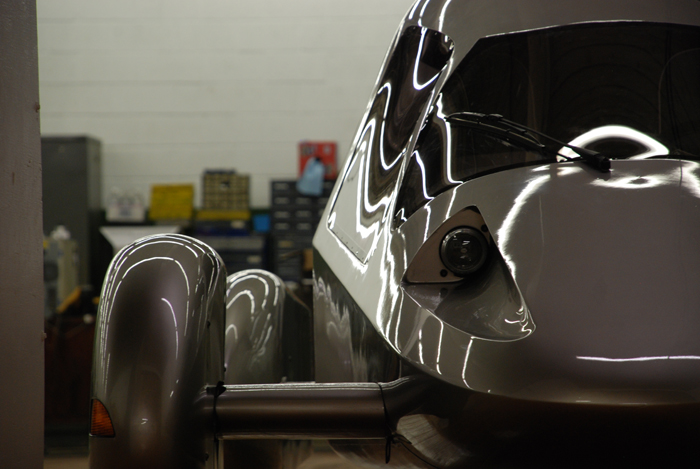So how exactly will the X Prize be won? The short answer: the fastest car that achieves more than 100 MPGe and meets all the other X Prize requirements will be the winner.
But there is a lot involved in meeting all the requirements and nuance in being the fastest (see the X Prize website for the actual Competition Guidelines).
In order not to stifle innovation or to limit entries, some X Prize requirements are design-based (for example, crash-testing is not part of the safety requirements). But many requirements will be met on the road. For emissions the cars in the race must meet or exceed EPA Tier II, Bin 10 in road testing and Bin 8 in chassis dynamometer testing. Safety will be demonstrated through tests such as braking distance (with stability), a serpentine course of cones, and Consumer’s Union emergency lane change test. Performance is shown, for example, by accelerating somewhat briskly from 40 – 65 mph, by maintaining 55 mph on a simulated 4% grade for 30 minutes, and by going 200 miles without recharging or refueling.
Exceeding 100 miles per gallon (equivalent) is at the core of the X Prize. This will be measured in a variety of trip lengths and speeds, reflecting typical speed limits and the National Household Transportation Survey data. The teams with the lowest elapsed time in the Finals Stages will be the Grand Prize winners, one from the mainstream class and one from each of the alternative classes.
Events at the Michigan International Speedway start with the Shakedown Stage in late April, the Knockout Qualifying Stage in June and the Finals Stage in July. The top finishers will then undergo dynamometer testing for efficiency and emissions in August.
We have a light, safe, aerodynamic (and yes, fast) car and will have professional drivers Emanuele Pirro and Brad Jaeger behind the wheel.
We can’t wait.
